A
astrostu
Guest
I'm trying to set up a multi-year plan for purchases to start investing in some good glass. I thought I found my small-end model, the Canon 10-22 mm lens, but then I discovered that it, the Sigma, and the Tamron "equivalents" are all for the APS-C sized sensors. That's fine for right now with my Digital Rebel XT, but in a few years I plan on upgrading and at the moment, one of the key features I want on the body upgrade is a full-35 mm sensor.
Hence the question: I want a super-duper-über wide-angle lens that is NOT a fisheye since I do a lot of nature shots. Since I plan on plopping down a fair chunk of change for this lens, I would like it to be usable on any camera I get in the foreseeable future, and hence the APS-C sensor requirement is not ideal (I realize it will still work, but it will give a huge vignetting effect). So, does anyone know of an appropriate lens?
Hence the question: I want a super-duper-über wide-angle lens that is NOT a fisheye since I do a lot of nature shots. Since I plan on plopping down a fair chunk of change for this lens, I would like it to be usable on any camera I get in the foreseeable future, and hence the APS-C sensor requirement is not ideal (I realize it will still work, but it will give a huge vignetting effect). So, does anyone know of an appropriate lens?


![[No title]](/data/xfmg/thumbnail/42/42017-05f80a89ca2890969b5dc7cc47872581.jpg?1619739979)
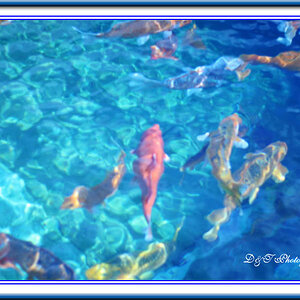


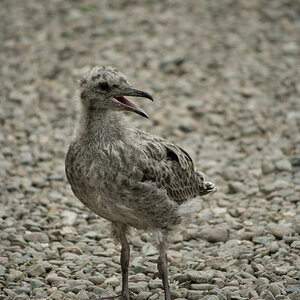

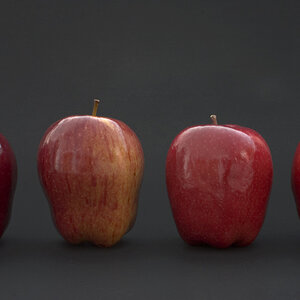
![[No title]](/data/xfmg/thumbnail/42/42018-14ee16974751322cd63966d43d655995.jpg?1619739979)
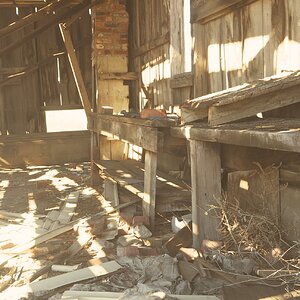
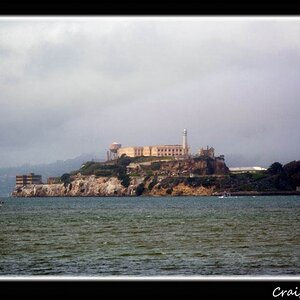
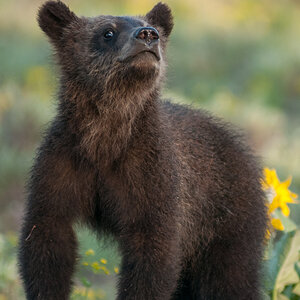
![[No title]](/data/xfmg/thumbnail/38/38720-f0f83c1b09a42065eefec8923841d54d.jpg?1619738701)